You are here
Back to topRobust Demand for Uzbek Cherries This Year
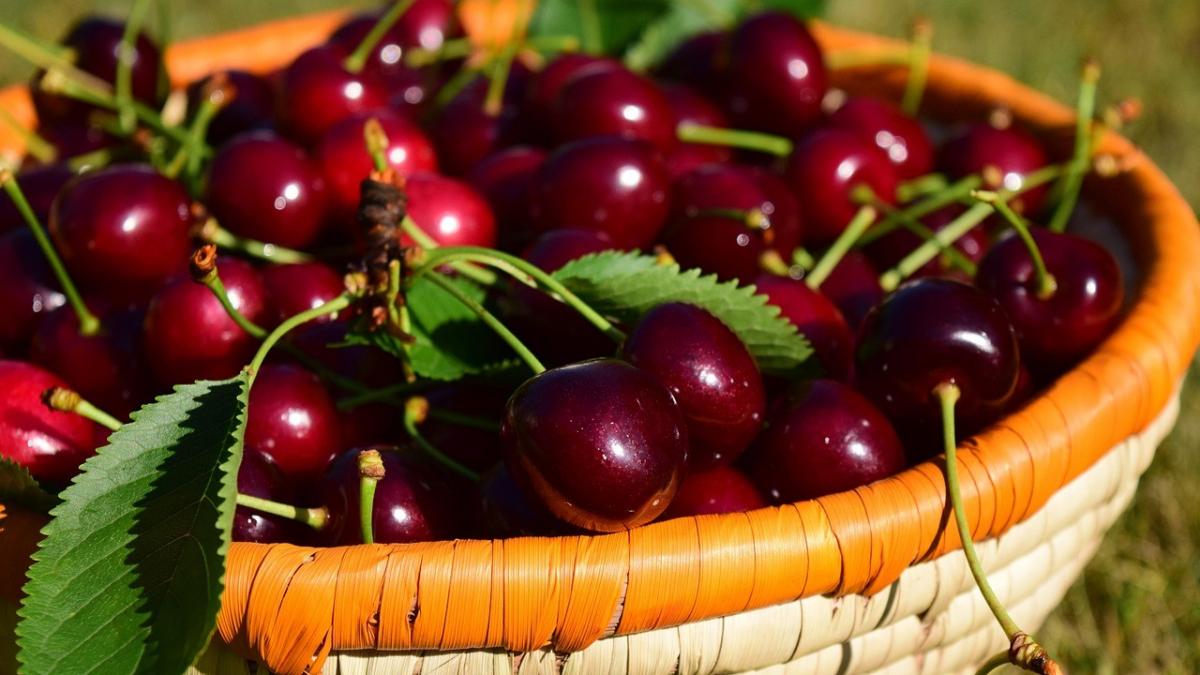
According to a report from fruit news outlet EastFruit, the cherry crop in Uzbekistan started maturing about a week earlier this year compared with 2024. Small shipments began in late April, followed by large-scale exports starting in early May. Meanwhile, international demand for Uzbek cherries has been fueled by frosts in April negatively impacting cherry production in Eastern Europe and Turkey.
Uzbekistan enjoyed a winter and early spring that provided ideal conditions for cherry growth, followed by unusually high temperatures in late April and early May that greatly accelerated ripening. This year’s cherry production is expected to significantly surpass the levels seen in previous years, although the yield of large cherries remains relatively low.
The Fergana Valley was reportedly the first region in Uzbekistan to begin harvesting cherries, with picking in the Tashkent and Samarkand regions now also underway. Yorqin Inamov, head of the export company Fergana EximAgro LLC, stated that mid-season cherry varieties are currently being harvested. Owing to the limited availability of large cherries suitable for export, purchase prices for fruits greater than 26 millimeters in diameter have reached $4.70 per kilogram. The most popular export sizes range from 20 to 26 millimeters, with prices reportedly varying between $3.20 and $4.20 per kilogram depending on size and quality.
Uzbekistan is among the top 10 cherry exporters globally, with annual exports ranging from 30,000 to 60,000 metric tons. In 2024, the country exported 32,200 metric tons of cherries, generating $70.3 million in revenue. Uzbek cherries were officially approved for import into China in 2017, with initial shipments arriving in 2018. On account of Uzbekistan’s proximity to China’s Xinjiang region, many Xinjiang-based importers have made multiple on-site visits to Uzbekistan. In June 2020, Uzbek cherries first entered China through the Horgos border crossing in Xinjiang, and last June, they were imported via the Alashankou border crossing for the first time, further expanding their presence on the Xinjiang market.
Image: Pixabay
This article was translated from Chinese. Read the original article.




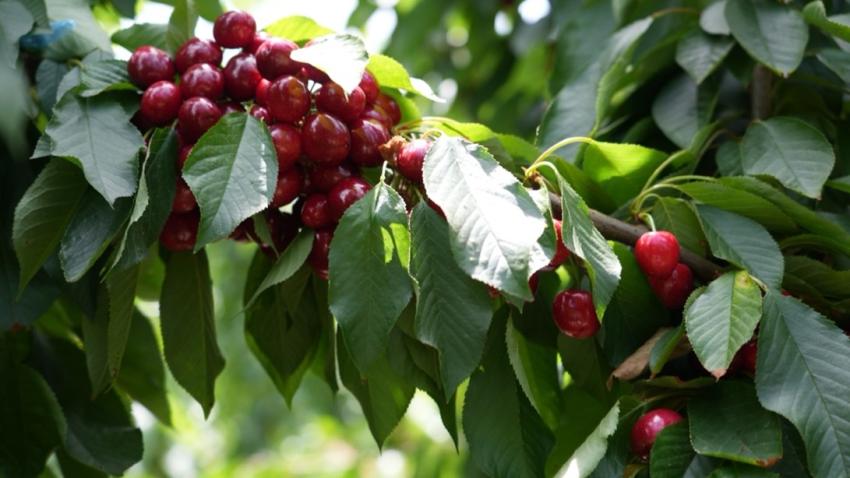


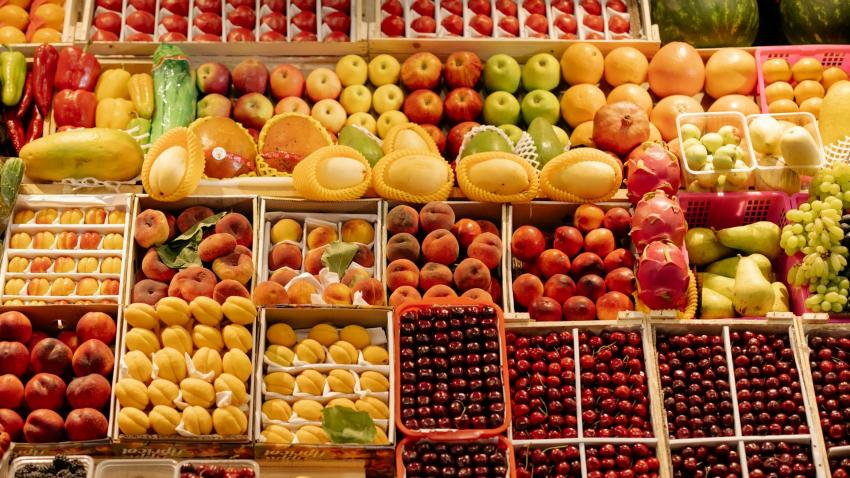
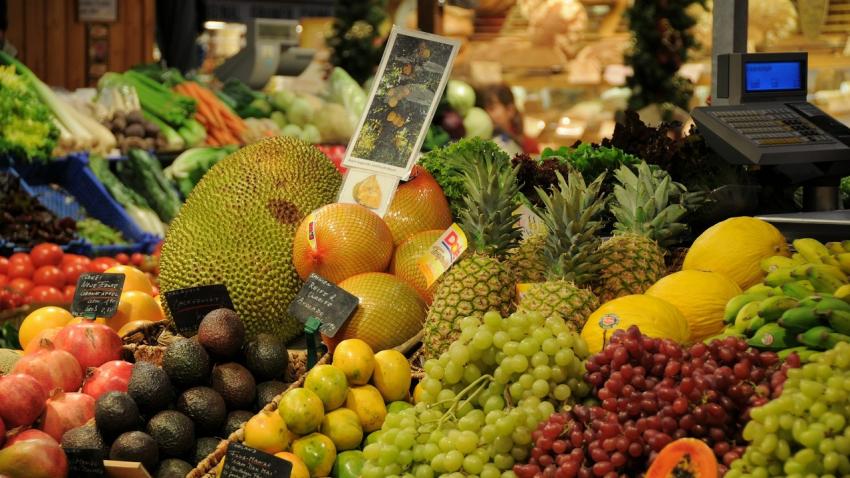
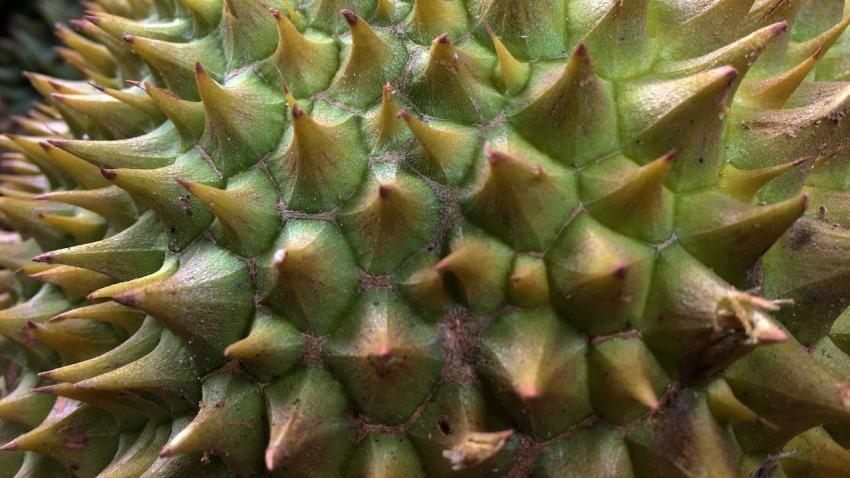





Add new comment